Shrimp farming in Switzerland provides thousands of people’s livelihoods and contributes significantly to the country’s economy. Shrimp farming in Switzerland is a booming business. The country has a long coastline and warm water, which makes it ideal for shrimp farming. There are many shrimp farmers in Switzerland, and the industry is growing rapidly.
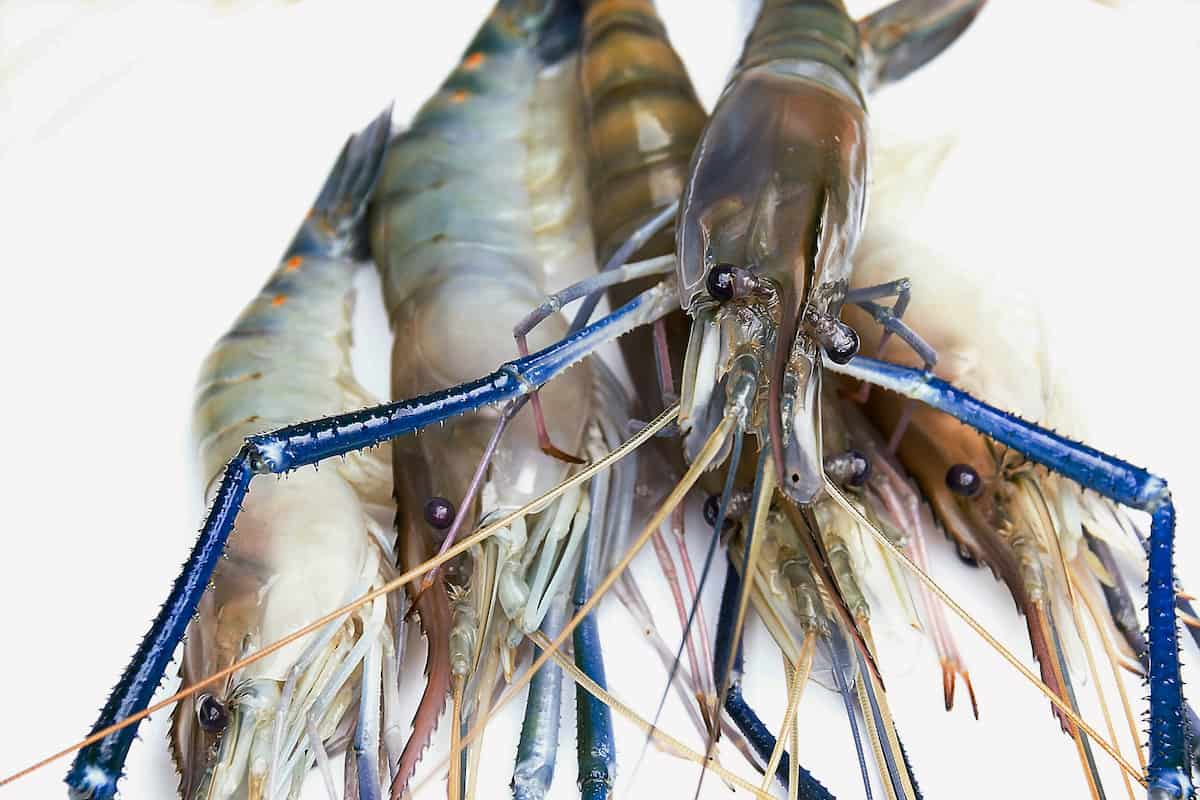
How to start shrimp farming in Switzerland
The different types of shrimp farms in Switzerland
- Open-air ponds are the oldest type of shrimp farm in Switzerland, and they are typically divided into three parts: the nursery, the growing area, and the pond area. The nursery is where new shrimp embryos are born, and the growing area is where young shrimp grow until they reach marketable size. Finally, the pond area is where adult shrimp live and breed.
- Recirculating aquaculture systems (RAS) are similar to open-air ponds but use water from a river or lake as part of their aquatic environment. RAS systems allow for more efficient use of resources because they recycle water multiple times over several weeks.
- Closed-loop systems are newer than open-air ponds and RAS systems, and they use technology to control environmental variables such as temperature, light, and water flow. This guarantees that all aspects of the shrimp farm ecosystem are optimally controlled for maximum output.
Are shrimps profitable in Switzerland?
Switzerland is a landlocked country in Europe with a coastline on the Mediterranean Sea. It has a population of about 8 million and an area of 41,285 square kilometers. Switzerland’s climate is temperate and humid, with significant variations between summer and winter. The terrain is mostly mountainous, with considerable stretches of plains. The country has several major rivers, including the Rhine, Rhone, Ticino, and Inn.
Freshwater shrimp farming in Switzerland
Switzerland is well-known for its excellent Alpine environment, which provides perfect conditions for raising freshwater shrimp. The country has a long history of shrimp farming, and now the industry is flourishing. There are several shrimp farms in Switzerland, and they produce a wide variety of shrimp species.
The farming process begins by importing adult shrimp from Thailand or Cambodia. Once in Switzerland, the shrimps are transferred to ponds where they are fed pellets and live food. The ponds also contain natural flora and fauna that helps the shrimp grow and develop into healthy adults. After about two months, the pond is ready for harvesting. The tanklings are distributed to market channels according to size, color, and flavor preferences.
The benefits of shrimp farming
- The benefits of shrimp farming include creating jobs and income, providing a sustainable food source, and improving water quality.
- Shrimp farming in Switzerland employs over 1,800 people, who contribute to the country’s economy. Switzerland is also the world’s largest producer of farmed shrimp.
- Producing shrimp sustainably is important to Swiss farmers because the land used for shrimp production can be used for other purposes if it produces a good return on investment. In addition, shrimp farming helps improve water quality by removing pollutants from the water.
How does shrimp farming work in Switzerland?
Shrimp farming is a major industry in Switzerland. Shrimp are raised in ponds or small lakes and are fed a diet of fish, plants, and other animals. The shrimp are harvested by hand, and the meat is cleaned before being sold to restaurants or consumers. The Swiss government has invested heavily in shrimp farming over the past few decades, which has helped support and grow the industry. The Swiss government has built a strong infrastructure to support the shrimp farming industry, including warehouses, processing plants, and transport facilities.
In case you missed it: How to Start Poultry Farming in Switzerland: Business Plan, Breeds, Cost, Profit, Loans, Subsidy, and Management
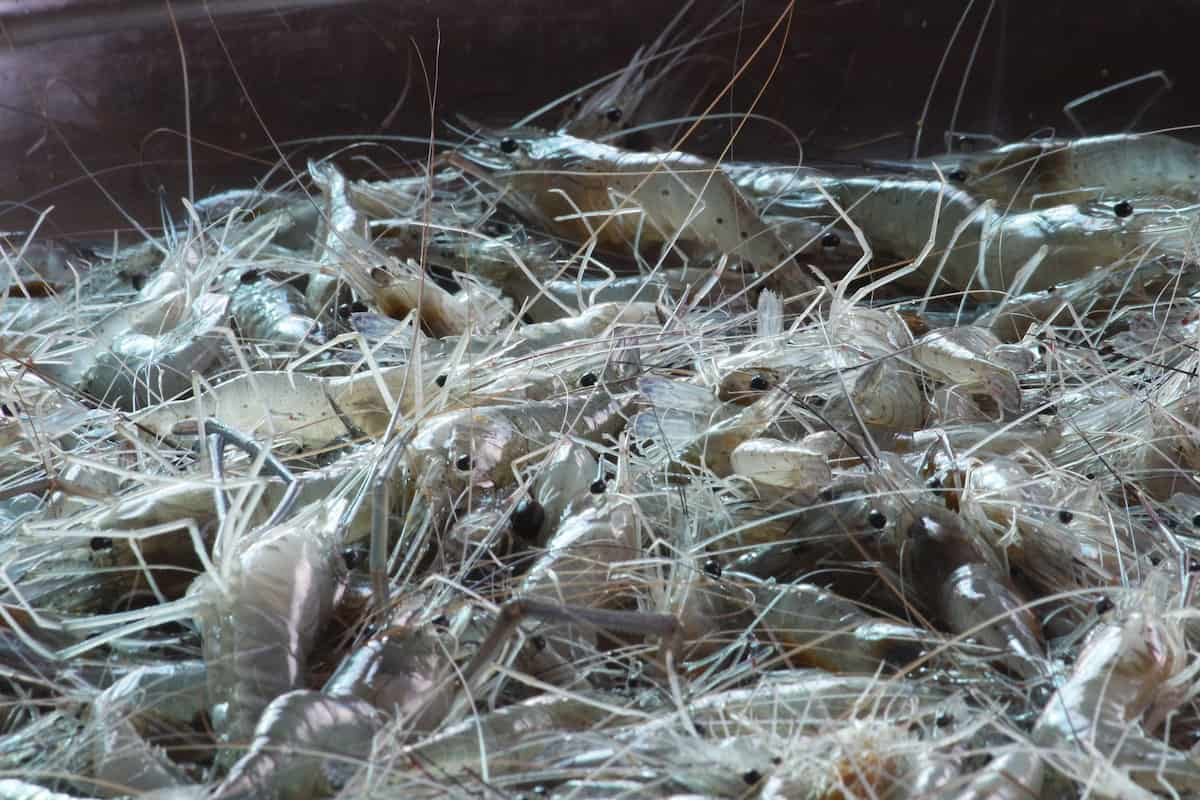
Why is shrimp farming important in Switzerland?
There are several reasons why Switzerland has become one of the world’s leading shrimp producers. First, the country has a favorable climate for shrimp production: temperatures can range from 18°C in winter to 26°C during summer. Second, Switzerland has an adequate supply of freshwater resources – enough to support open-water and indoor shrimp farming – and good transport infrastructure.
Finally, Swiss farmers have developed efficient methods for breeding and growing shrimps that meet international standards. The country has ample freshwater resources, making shrimp farming a feasible option. Second, Switzerland has a temperate climate that is favorable to shrimp farming. Third, the country has a well-developed infrastructure, making transporting and caring for shrimp crops easy. Finally, Swiss farmers have developed specialized practices that make shrimp farming profitable.
Shrimp farming business plan in Switzerland
- To start shrimp farming in Switzerland, you must acquire the necessary permits and licenses from the relevant authorities. You will also need to purchase land or aquaculture facilities, erect barriers to keep predators away, and install appropriate equipment.
- You will then need to stock your ponds with healthy shrimp populations. You should feed your shrimp daily with fresh food and water and ensure that the pond temperature is comfortable. You should also monitor the pond constantly to ensure everything goes as planned.
- The success of your shrimp farming business depends on several factors, including the quality of your products and the market conditions. Be prepared to work hard at this venture, but be patient – it can be very lucrative.
- There are a few different shrimp farming methods available in Switzerland, so be sure to compare the pros and cons of each before making a decision.
- Like any other business venture, shrimp farming requires a license from the Swiss government. Make sure to research the requirements of obtaining a license and find an appropriate agency to help you through the process.
- Once you have your license, it’s time to get set up! This means purchasing equipment, finding land suitable for cultivation, and developing marketing strategies.
- The best method to make money with shrimp farming is by breeding your batch of customized shrimp. This will require some preparatory work (including raising baby shrimp) but can be very lucrative in the long run.
- Once you have produced enough shrimp to meet demand, it’s time to start selling them off. This can be done through traditional channels such as retail stores, online platforms, or specialized businesses that focus on selling seafood products.
Site selection for shrimp culture in Switzerland
Switzerland is a great place to start shrimp farming because of its temperate climate, fertile soil, and ample freshwater resources. The country has several lakes and rivers that provide ample habitats for shrimp. Additionally, the Swiss government has invested in new irrigation systems that make it possible to grow shrimp in saline water.
Shrimp farming in Switzerland is becoming increasingly popular because of its high yields and low production costs. The main challenge for farmers is finding a suitable site for their shrimp ponds. Shrimp farms can be located near bodies of water or along irrigation canals, but they must be situated close to markets so consumers can buy the shrimp.
Key rules for starting shrimp farming in Switzerland
- Choose an area with good water quality – Shrimp farms need clean water to thrive, so make sure the area you choose is free from pollutants.
- Get permits and licenses from the government – Before you start shrimp farming, you will need to get permits from the government. You will also need appropriate licenses to sell your product commercially.
- Register your farm with the authorities – Once you have obtained all the necessary permits, you will need to register your farm. This will help keep track of your operations and ensure that you follow all the regulations.
- Get vaccinated against diseases – Shrimp farms are prone to contracting diseases, so your farm must be vaccinated against common problems like Newcastle disease and White Spot Disease.
In case you missed it: How to Start Rabbit Farming in Switzerland: Breeds, Loan, Subsidy, Requirements, Cost, Profit, and Management
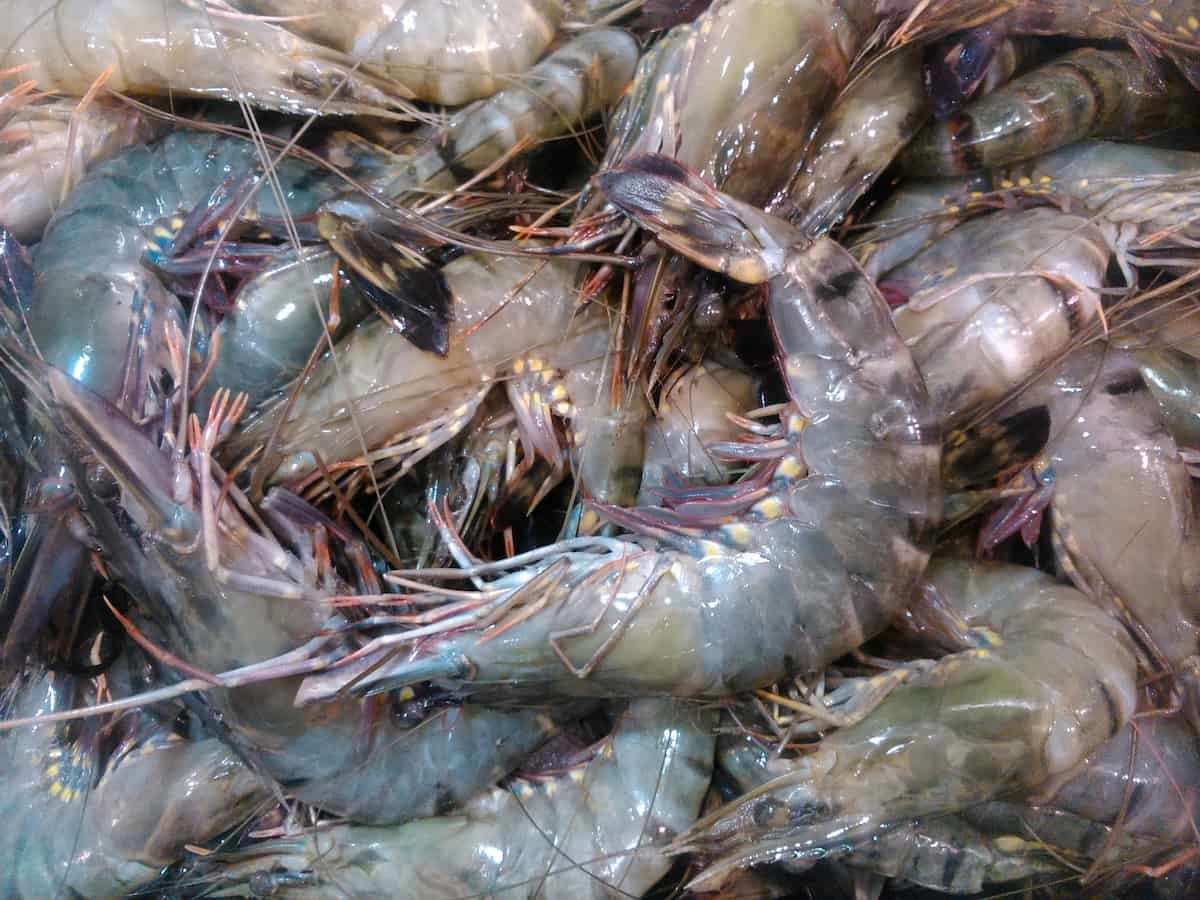
Pond design for shrimp farming in Switzerland
The pond design should be carefully planned to achieve the desired results. The following factors should be considered when designing the pond:
- Shrimp density
- Water temperature
- Ingredient quality
- Fish population
- Pond size and layout
- Fertilizer and water circulation
The main reason why Swiss shrimp farmers are so successful is that they have developed unique and sustainable ways of raising shrimp. One of the most important aspects of Swiss shrimp farming is the use of ponds. Swiss farmers know that ponds are key to success when it comes to growing shrimp. Ponds provide ideal conditions for growing shrimp, including warmth, water quality, and plenty of food. In addition, ponds provide an environment where pests can’t reach the shrimps and where the shrimps can breed freely.
Another key aspect of Swiss shrimp farming is the use of filters. Shrimp farms in Switzerland use sophisticated filters to clean water before it enters the pond. This helps ensure that water quality remains high throughout the entire cultivation process, from the stocking phase to the harvest phase. In addition to ponds and filters, Swiss farmers use floating cages and net pens to grow their shrimps. Floating cages are perfect for farms with large concentrations of fish or other aquatic species. Net pens are perfect for smaller-scale farms where space is limited.
Feeding for shrimp farming in Switzerland
Switzerland is a major shrimp farming country. The country has an ideal climatic conditions for shrimp farming, with an annual average temperature of 14°C and a relative humidity of 80%. Switzerland also has an ample supply of water resources. In addition, the country has excellent agricultural land, which makes it possible to grow high-quality feed and provide adequate space for shrimp ponds.
The production process for shrimp farming in Switzerland is similar to that used for other types of aquacultures. Shrimp farmers first need to secure the government’s necessary permits before starting their farms. Once these permits have been obtained, they need to build their ponds. Next, they will need to purchase feed for their shrimps and prepare the ponds so that the shrimps can begin breeding. After spawning, farmers will need to remove the eggs and larvae from the ponds and distribute them among different tanks until they reach adulthood.
In case you missed it: How to Start Sheep Farming in Switzerland: Business Plan, Breeds, Management, Cost, and Profits
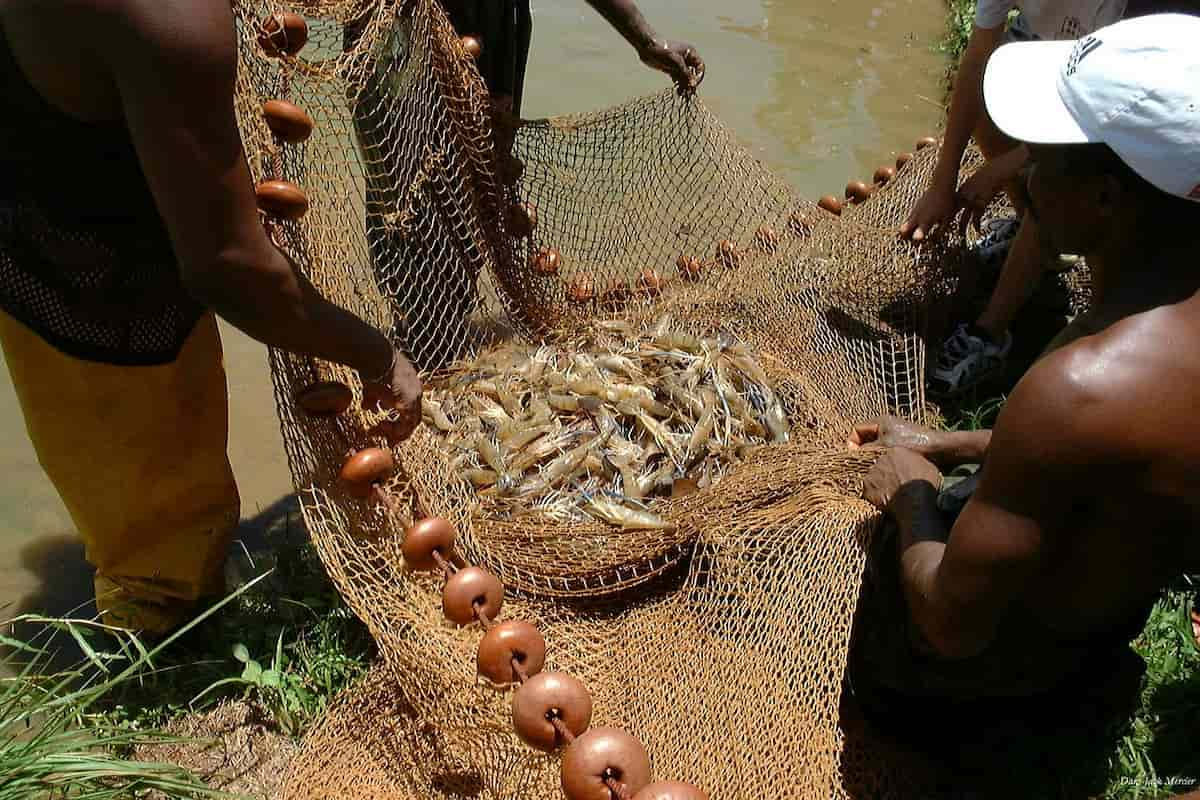
Water quality for shrimp farming in Switzerland
Switzerland has a long tradition of shrimp farming, and the industry is booming. Shrimp farming in Switzerland offers several advantages, including an ample supply of fresh shrimp for domestic and export markets, low environmental impact, and high yields. The water quality for shrimp farming in Switzerland must meet stringent standards. The water must be clear with minimal sedimentation and contain adequate levels of oxygen, nutrients, and minerals. Salinity levels must also be consistent with the requirements set by the European Union.
Shrimp farming problems in Switzerland
Switzerland is a country with a long history of shrimp farming. However, the industry has been facing some problems in recent years. One of the main issues is that there is not enough water available for shrimp farming. This is due to climate change and other factors, such as the construction of new buildings and roads. As a result, farmers have had to find new ways to produce shrimp. Another problem is that shrimp are difficult to breed. This means it is hard to replenish stocks when lost, which has happened more often in recent years because of disease and floods.
Shrimp species in Switzerland
Switzerland is one of the world’s most important shrimp-producing countries, with an annual production of around 800,000 tonnes. There are 11 shrimp species in Switzerland, with Penaeus vannamei (common prawn) being the most important. However, despite the popularity of shrimp as a food fish and feedstock, there is not yet any large-scale shrimp farming in Switzerland.
The main reasons for this are environmental concerns: freshwater shrimps require clean water to survive, and ponds used for shrimp farming can become polluted if they are not properly maintained. In addition, there are also labor issues: while there is a small number of experienced farmers who can produce high-quality shrimp products, there is a need for more people to take up this type of farming.
In case you missed it: How to Start Goat Farming in Switzerland: Business Plan, Breeds, Management, Cost, and Loans

Shrimp farming loans and subsidies in Switzerland
There are a few ways to finance shrimp farming in Switzerland. A few loans and subsidies are available, but most investors need to find a way to get credit insurance. Loans come in all shapes and sizes, but the interest rates can be quite high, averaging around 12%. Credit insurance is important for shrimp farmers looking to borrow money, as it covers the risk of not being paid back.
There are a few options for getting credit insurance. The first is to get an endorsement from a Swiss financial institution. This policy will protect the lender if there is any issue with the asset or income of the borrower. The second option is to find a company specializing in financing shrimp farming projects. These companies often have more lenient lending criteria and offer better rates than banks.
Marketing for shrimp farming business in Switzerland
Switzerland is one of the most important shrimp-farming countries in the world. The country has a favorable climate and ample fresh and salty water supplies. Swiss shrimp farmers have succeeded in developing a highly successful industry, producing some of the highest-quality shrimp in the world. To market your shrimp farming business in Switzerland, you must develop a marketing strategy that considers local and international trends.
Local marketing should target local consumers, while international marketing should focus on selling your product overseas. Both strategies require careful planning and execution, but if done correctly, they can lead to success. Price is an important factor to consider when marketing your shrimp farming business in Switzerland. Therefore, you must ensure that you are pricing your product competitively relative to other regional and global shrimpers.
Additionally, you must ensure that your packaging looks good and accurately represents what is inside. To effectively market your shrimp farming business in Switzerland, you will also need to develop strong relationships with key players within the industry. This includes shrimping associations, government officials, and trade groups. By working closely with these partners, you can ensure that your products are well-represented and remain ahead of the competition.
Shrimp farm set-up cost in Switzerland
Setting up a shrimp farm in Switzerland can cost between CHF 30,000-50,000 per hectare. This price includes the cost of land, feed ingredients, environmental compliance costs, and insurance premiums.
Commercial shrimp farming in Switzerland
Commercial shrimp farming in Switzerland has been booming for the past few years. Swiss shrimp farmers can grow successfully in colder climates than other regions, thanks largely to their extensive use of artificial heated ponds. The popularity of this type of shrimp farming is due in part to the high quality and consistent yields that can be achieved. Not only are these farms good for providing food for humans, but also, they are increasingly being used as feed sources for aquaculture production in other parts of the world.
In case you missed it: How to Start Greenhouse Farming in Switzerland: Crops, Cost, Profit, and Challenges
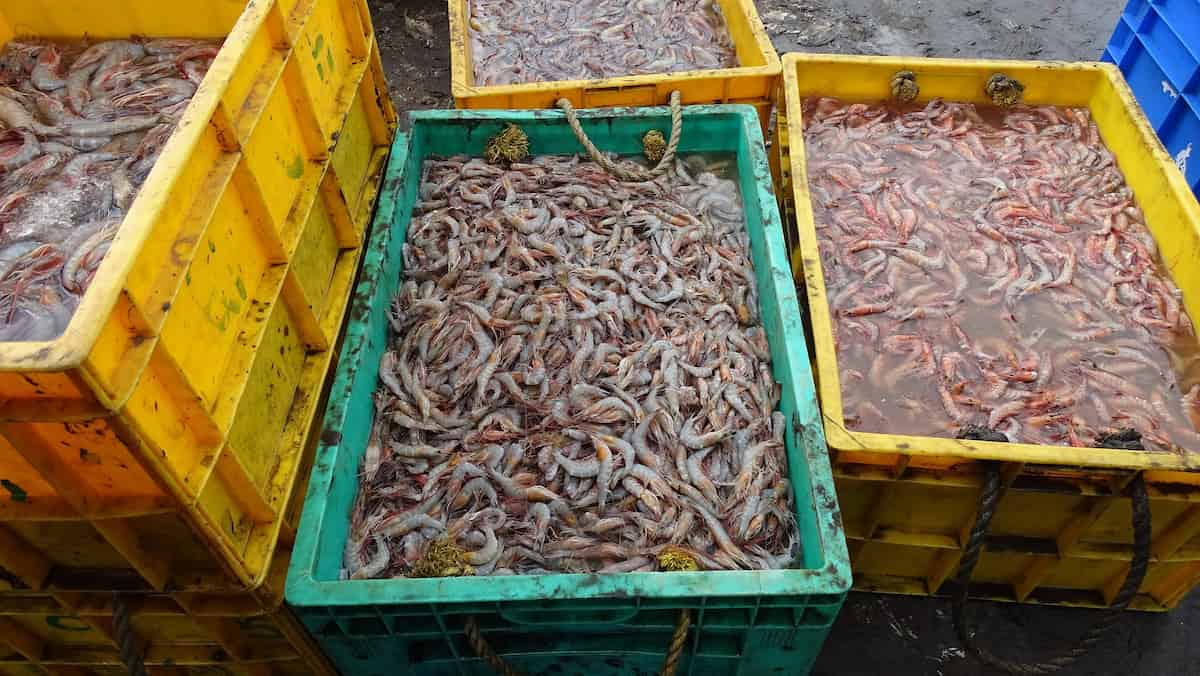
The challenges of shrimp farming in Switzerland
Switzerland is the world leader in shrimp farming, with over 10,000 hectares currently under cultivation. The country has a long aquaculture tradition and has produced shrimp for over 50 years. The main challenges in shrimp farming in Switzerland are environmental issues such as water pollution and climate change. Water pollution is a major problem due to the use of pesticides and fertilizers, and climate change is causing increased water temperatures which can lead to diseases and reduced yields.
Another challenge is the development of resistance to antibiotics and other pesticides, which will require new methods of controlling pests. To overcome these problems, Swiss farmers have developed innovative techniques to improve water availability, reduce pollution levels and increase yields. They have also developed new breeds of shrimp that can cope with dry climates and low water supplies.
Conclusion
Shrimp farming in Switzerland has become a popular way to produce fresh seafood. The country has a long history of shrimp farming, and many regulations are in place to ensure the quality of shrimp products. Swiss shrimp farming has been growing rapidly in recent years, both the increasing demand for shrimp globally and the Swiss Environment Agency’s (SAA) regulations promoting sustainable shrimp farming. Switzerland is a leading shrimp farming country with over 1,000 hectares of shrimp ponds. The Swiss industry produces about 80% of the world’s frozen shrimp.
- How to Build a Low-budget Goat Shed: Cheap Ideas and Tips
- Goat Farming Training Programs in India: A Beginner’s Guide
- Types of Pesticides Used in Agriculture: A Beginner’s Guide
- Economical Aquaculture: A Guide to Low-Budget Fish Farming
- 15 Common Planting Errors That Can Doom Your Fruit Trees
- How to Make Houseplants Bushy: Effective Tips and Ideas
- Innovative Strategies for Boosting Coconut Pollination and Yield
- Pollination Strategies for Maximum Pumpkin Yield
- The Complete Guide to Chicken Fattening: Strategies for Maximum Growth
- Natural Solutions for Tulip Problems: 100% Effective Remedies for Leaf and Bulb-Related Issues
- Revolutionizing Citrus Preservation: Towards a Healthier, Greener Future
- Natural Solutions for Peony Leaf and Flower Problems: 100% Effective Remedies
- Maximizing Profits with Avocado Contract Farming in India: A Comprehensive Guide
- Natural Solutions for Hydrangea Problems: 100% Effective Remedies for Leaf and Flowers
- The Ultimate Guide to Choosing the Perfect Foliage Friend: Bringing Life Indoors
- From Sunlight to Sustainability: 15 Ways to Use Solar Technology in Agriculture
- The Ultimate Guide to Dong Tao Chicken: Exploring from History to Raising
- The Eco-Friendly Makeover: How to Convert Your Unused Swimming Pool into a Fish Pond
- Mastering the Art of Delaware Chicken Farming: Essentials for Healthy Backyard Flocks
- 20 Best Homemade Fertilizers for Money Plant: DIY Recipes and Application Methods
- How to Craft a Comprehensive Free-Range Chicken Farming Business Plan
- Brighten Your Flock: Raising Easter Egger Chickens for Beauty and Bounty
- How to Optimize Your Poultry Egg Farm Business Plan with These Strategies
- Subsidy for Spirulina Cultivation: How Indian Government Schemes Encouraging Spirulina Farmers
- Ultimate Guide to Raising Dominique Chickens: Breeding, Feeding, Egg-Production, and Care
- Mastering the Art of Raising Jersey Giant Chickens: Care, Feeding, and More
- Ultimate Guide to Raising Legbar Chickens: Breeding, Farming Practices, Diet, Egg-Production
- How to Raise Welsummer Chickens: A Comprehensive Guide for Beginners
- How to Protect Indoor Plants in Winter: A Comprehensive Guide
- Ultimate Guide to Grow Bag Gardening: Tips, Tricks, and Planting Ideas for Urban Gardeners
- Guide to Lotus Cultivation: How to Propagate, Plant, Grow, Care, Cost, and Profit
- Agriculture Drone Subsidy Scheme: Government Kisan Subsidy, License, and How to Apply Online
- Ultimate Guide to Raising Araucana Chickens: Breed Profile, Farming Economics, Diet, and Care
- Bringing Hydroponics to Classroom: Importance, Benefits of Learning for School Students
- Ultimate Guide to Raising Polish Chickens: Breed Profile, Farming Economics, Diet, and Care
- Ultimate Guide to Raising Australorp Chickens: Profile, Farming Economics, Egg Production, Diet, and Care